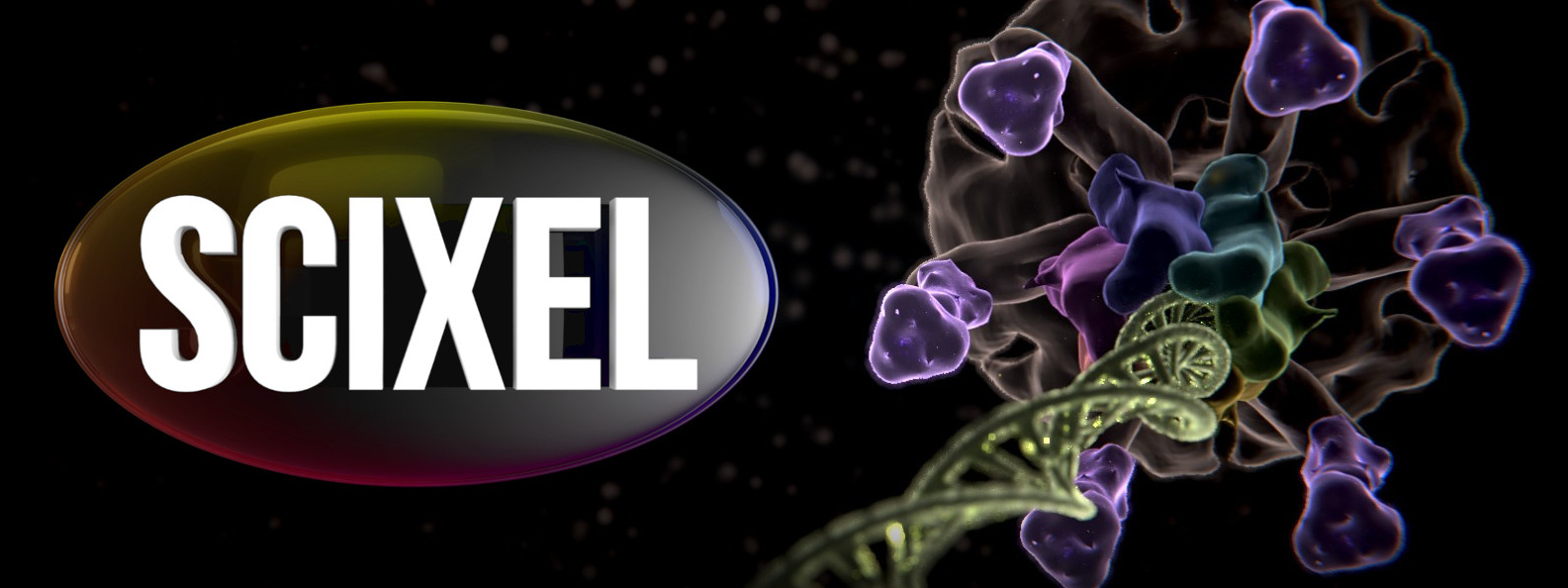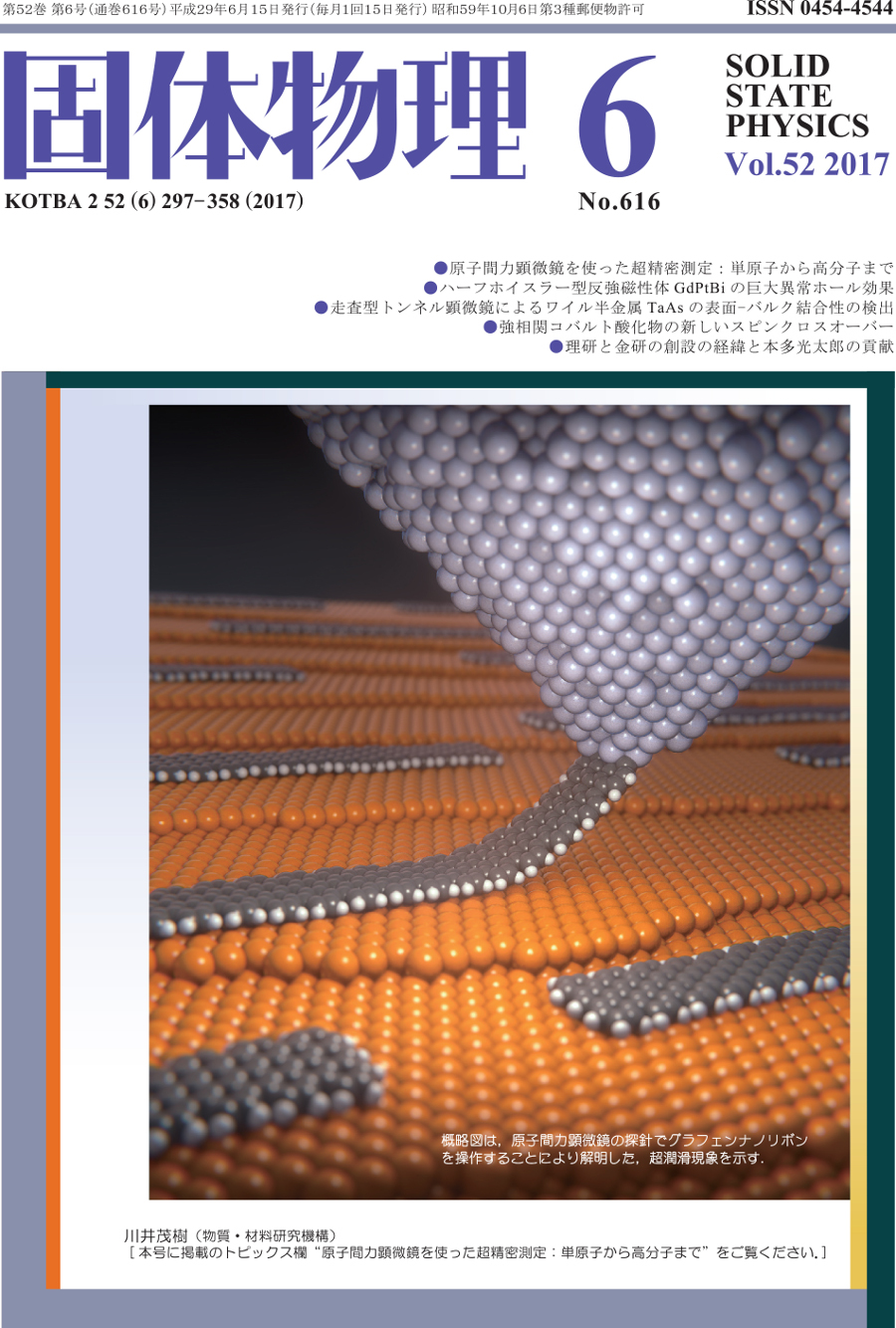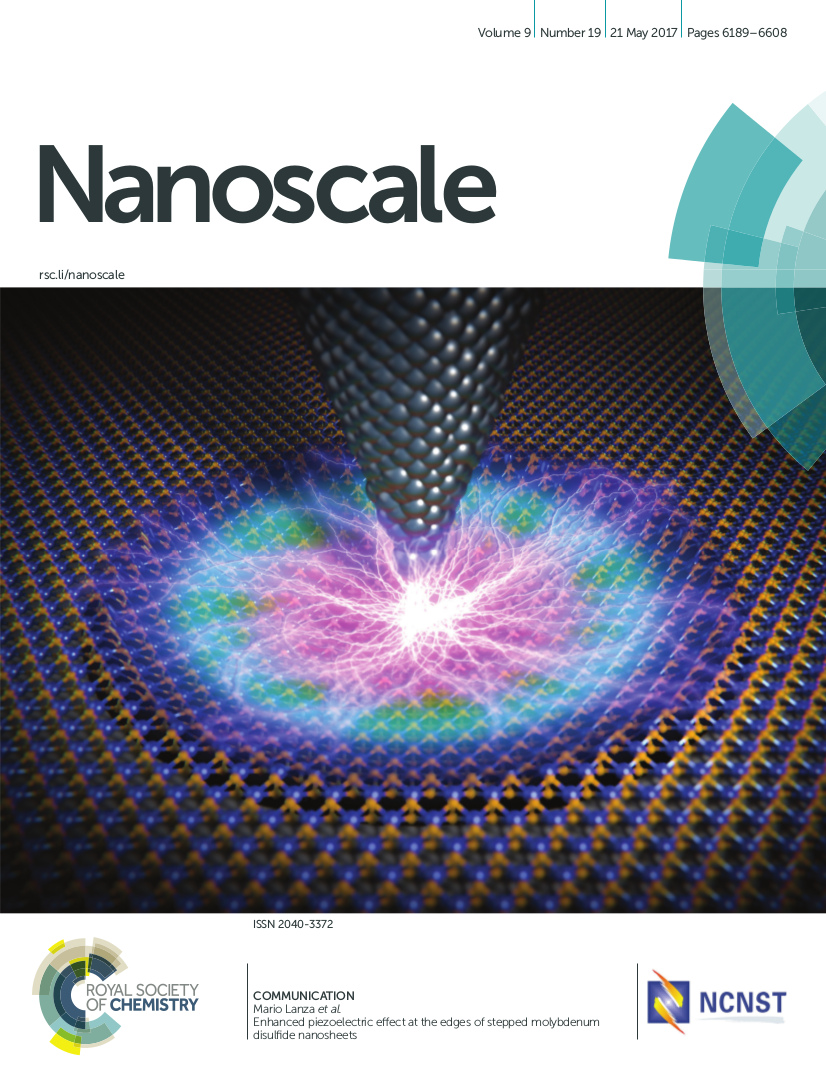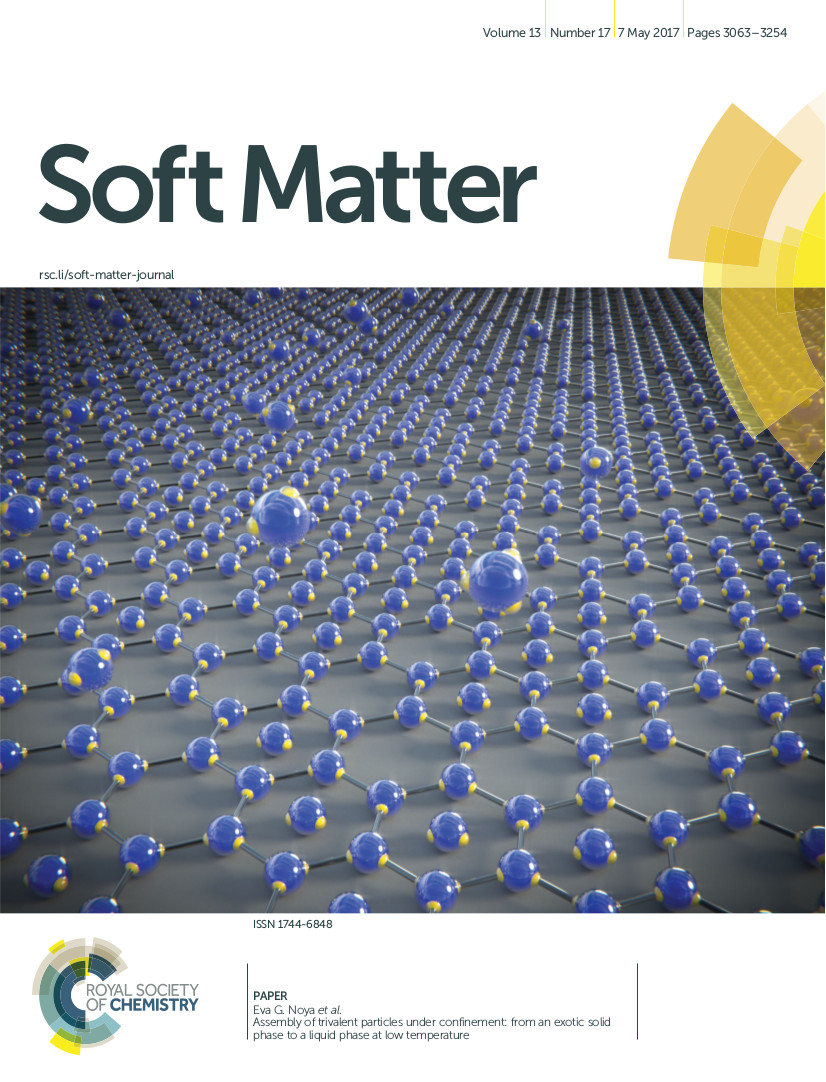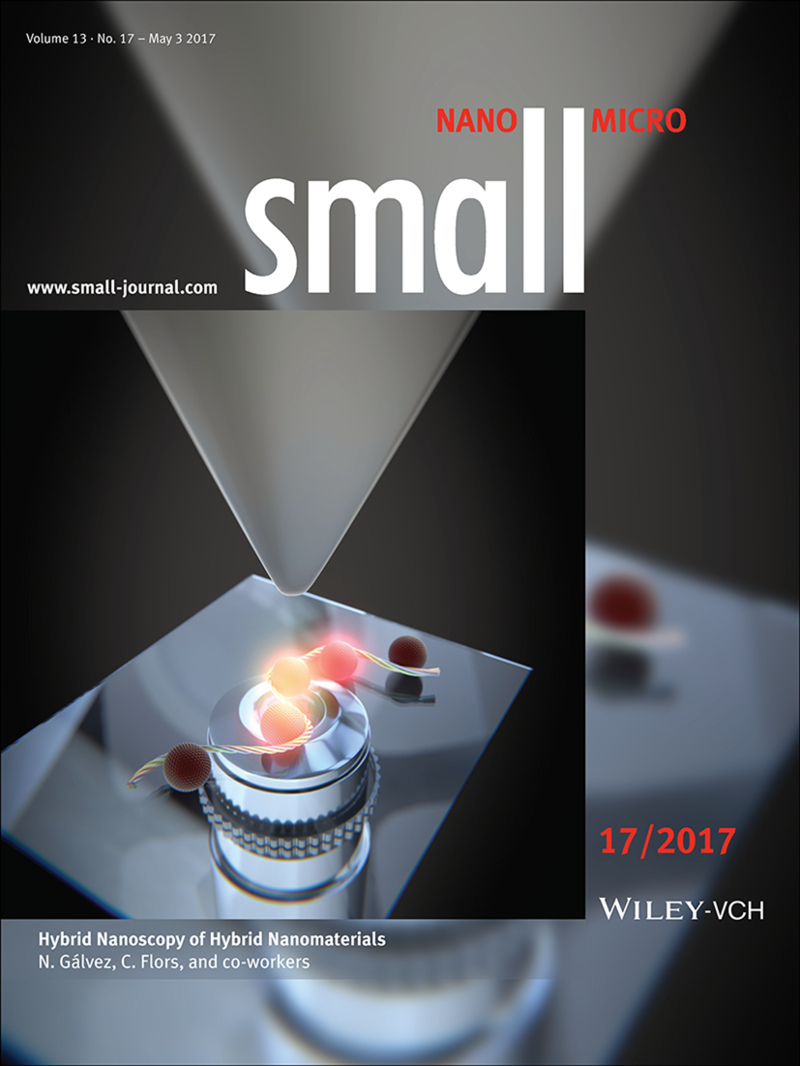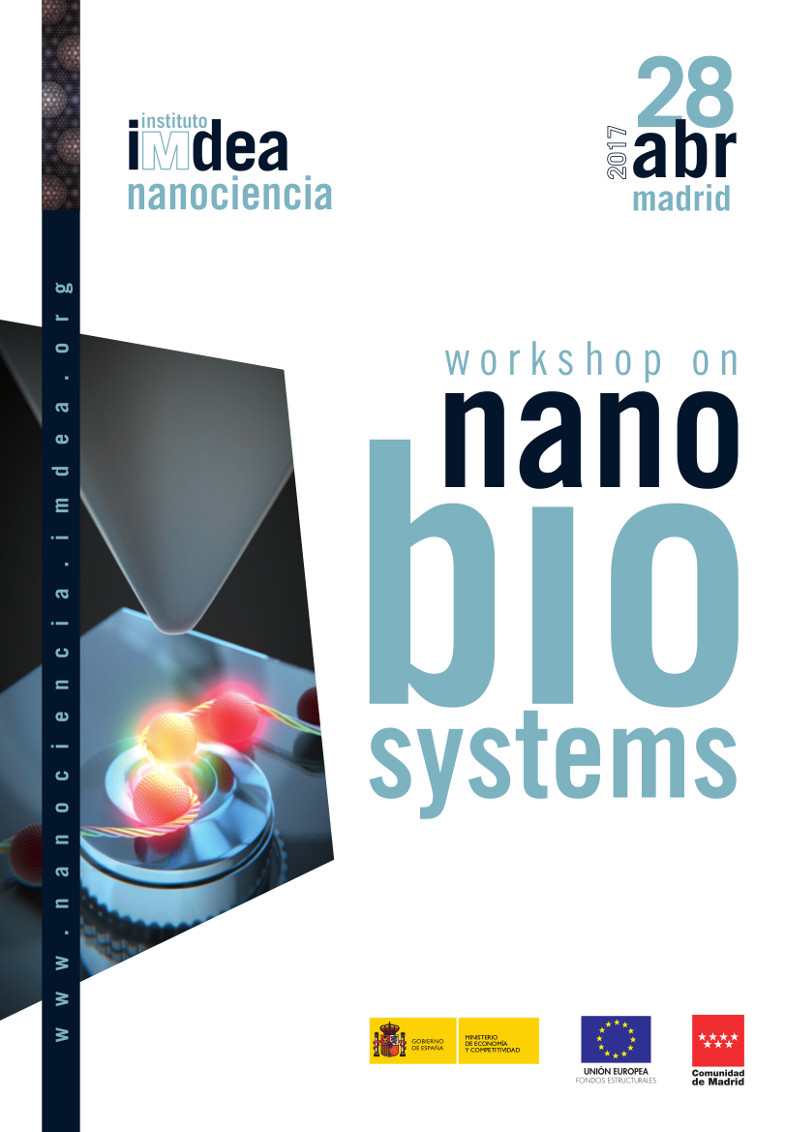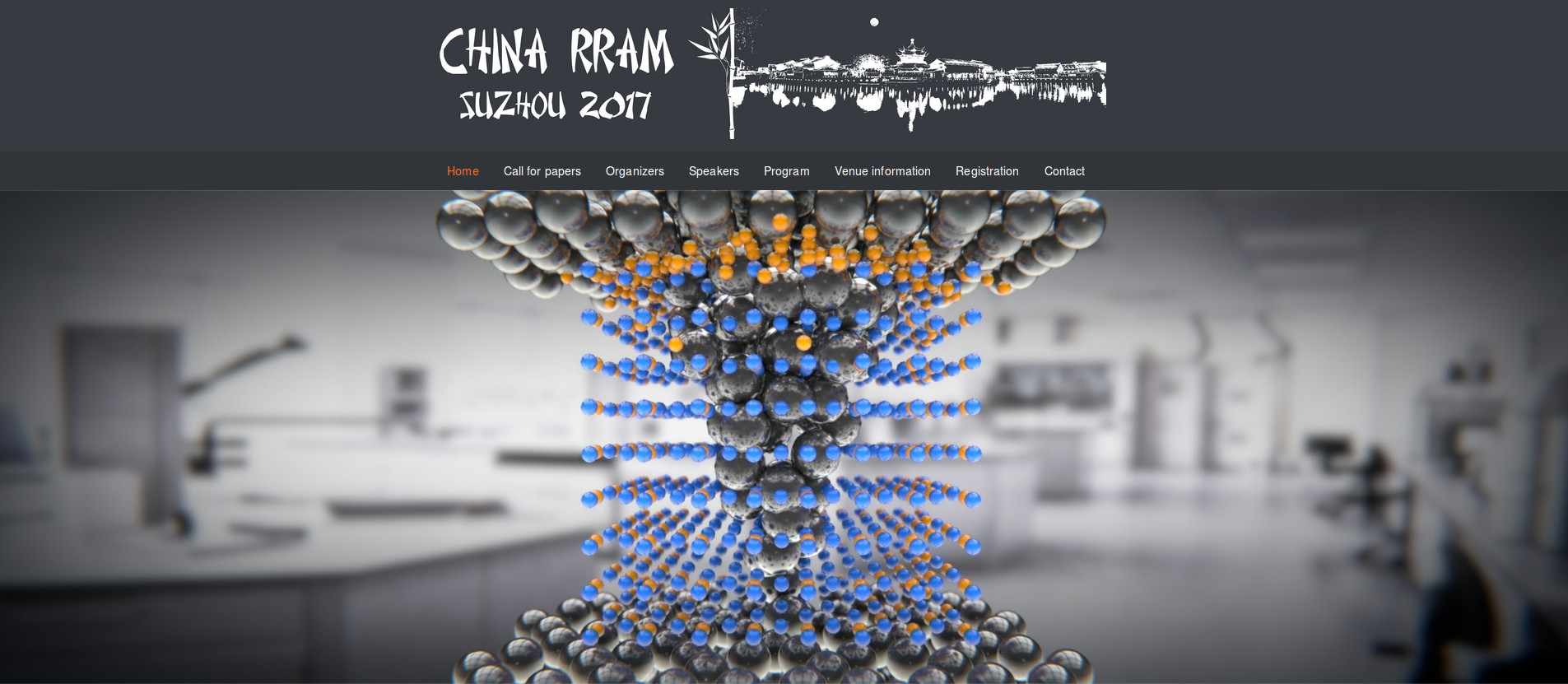A new cover in Japan on a work on friction by Dr. Shigeki Kawai.
On Piezoelectric Layered Materials
A new addition to the nanoscopic world: the piezoelectric effect. Prof. M. Lanza et al. have studied the ability of layered MoS2 to produce electric currents under the pressure of a conductive atomic force microscope. This would allow the fabrication of self-powered devices.
This research has been published in Nanoscale Journal and its been awarded with the front cover.
A new 2D exotic solid phase
Dr. Eva G. Noya et al have studied the phase diagram of a two-dimensional system of disk particles with three patches distributed symmetrically along the particle equator (read more). Due to the geometry of the particles, this system shows a rich phase diagram that goes from a nearly empty honey-comb lattice (at low temperatures),to an almost filled lattice at high temperatures.
Their work, along with our picture, made it to the cover of Soft Matter.
Life is still risky!
Two more new episodes of It’s a Risky life!
I’ve got you, under my skin
Dr. Juan Aguirre (Helmholtz Zentrum München) explains, in this Biomedical Engineering Nature article, the challenges he went through in the development of a portable clinical Raster Scan Optoacoustic Mesoscope (RSOM) to image skin. With this device, it is possible to acquire images of structures under the skin, up to 5mm depth, with amazing resolution.
We helped them illustrate the physics of the device with this picture:
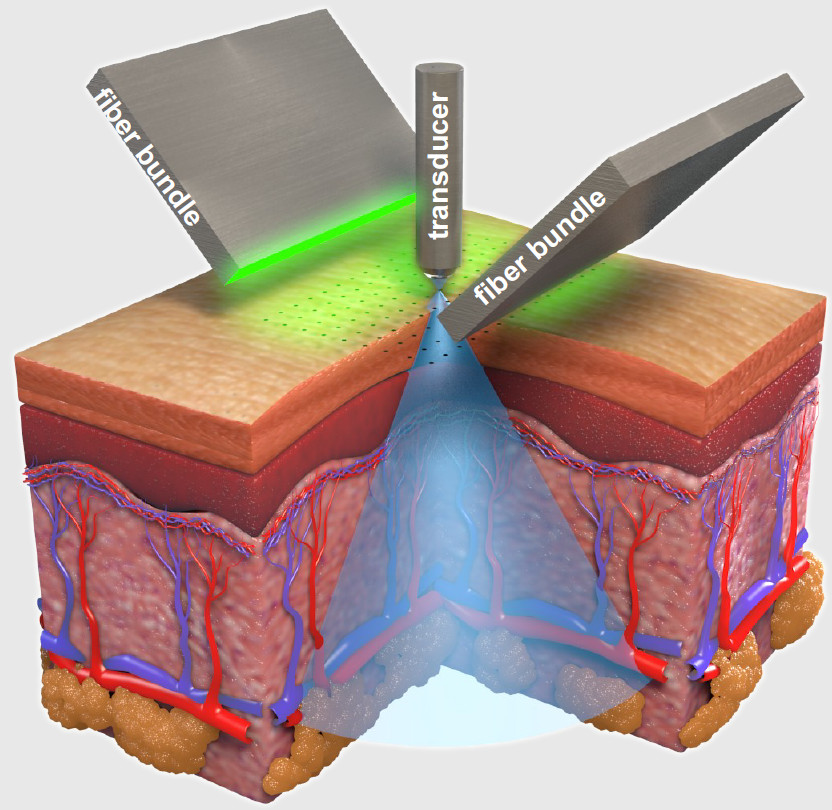
To me, the interesting part of this research is that from the very beginning, their goal was to build “a system compatible with the clinic that was easy to use, portable and fast enough to allow comfortable imaging sessions while keeping within light exposure limits (J. Aguirre)”.
This work has resounded strongly enough to get them the cover of this month’s Biological Engineering Nature. Congrats!
On how to build a synthetic cell
One of those things that make you wonder “is this even possible?” while your jaw is still dropping.
Then Netherlands are funding the consortium BaSyC in order for them to build a synthetic biological cell. It is hard to foresee what new pieces of knowledge and technology this research will produce. But in the short term, by building a cell bottom-up, we will learn to understand the cell at its most fundamental level.

The BaSyC consortium includes the University of Amsterdam, the Radboud University, the University of Wageningen, the Vrije University of Amsterdam, as well as our old friends in TuDelft. Actually they were the one that contacted us to make this animation illustrating the process.
Click here if you want to know more about the project.
Hybrid Nanoscopy of Hybrid Nanomaterials
Dr. Cristina Flors research group (IMDEA Nanoscience) is exploring the combination of complementary techniques to characterize materials at the nanoscale. This is a key step to the design and fabrication of new materials with improved properties and diverse functions. The combination of atomic force microscopy and super-resolution fluorescence imaging is investigated as a useful tool to characterize hybrid luminescent materials, specifically amyloid-like fibers functionalized with quantum dots.
Van der Waals made it!
Remember that beautiful picture we did for Prof. Shigeki Kaway (NIMS, Tsukuba, Japan)? Well, it made it to the cover of Chemistry today! And professor Kawai has been kind enough to send us the picture.
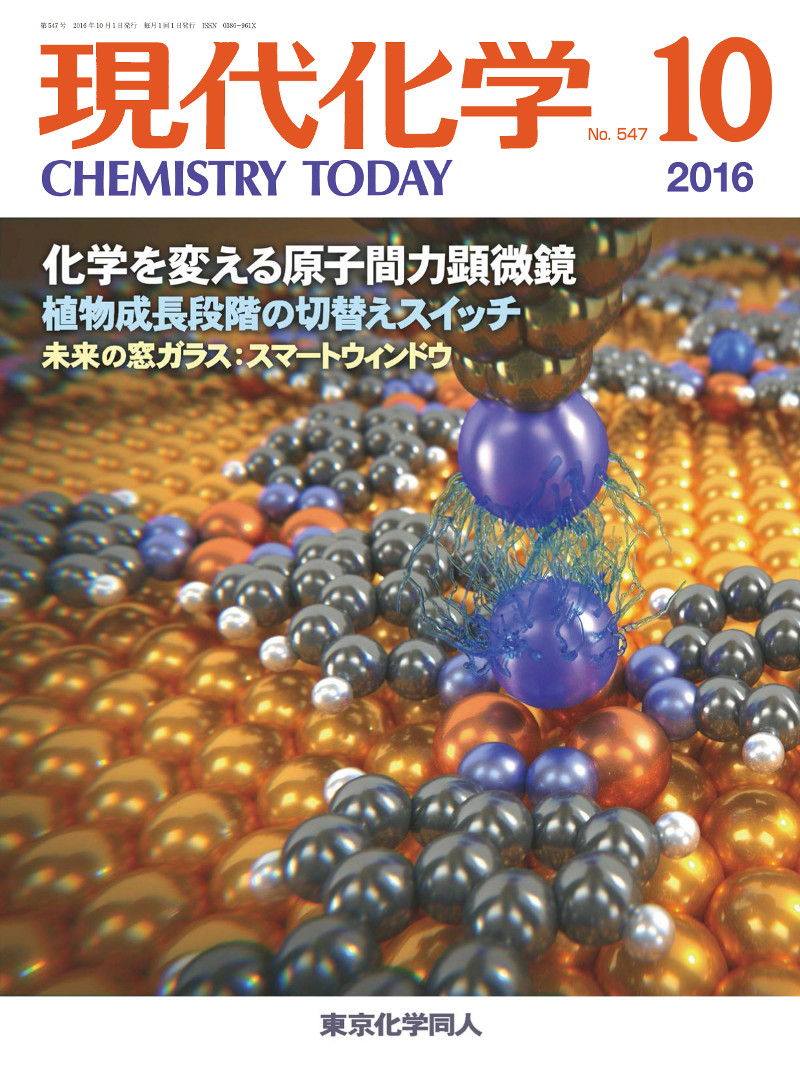
Workshop on NanoBioSystems
This 28th of April the workshop on NanoBioSystems will be held at Imdea Nanociencia Institute. And they’ve used an image we did for Dr. Cristina Flors on her research on Hybrid nanoscopy of hybrid nanomaterials.
China RRAM
The China RRAM International Workshop launches its first edition on June 12th-14th of 2017 at Soochow University. Resistive Random Access Memories and related applications will be discussed in this workshop.
They asked us to make a picture for the workshop website and this is what we came up with, with the help of Prof. Mario Lanza and Marco A. Villena.
